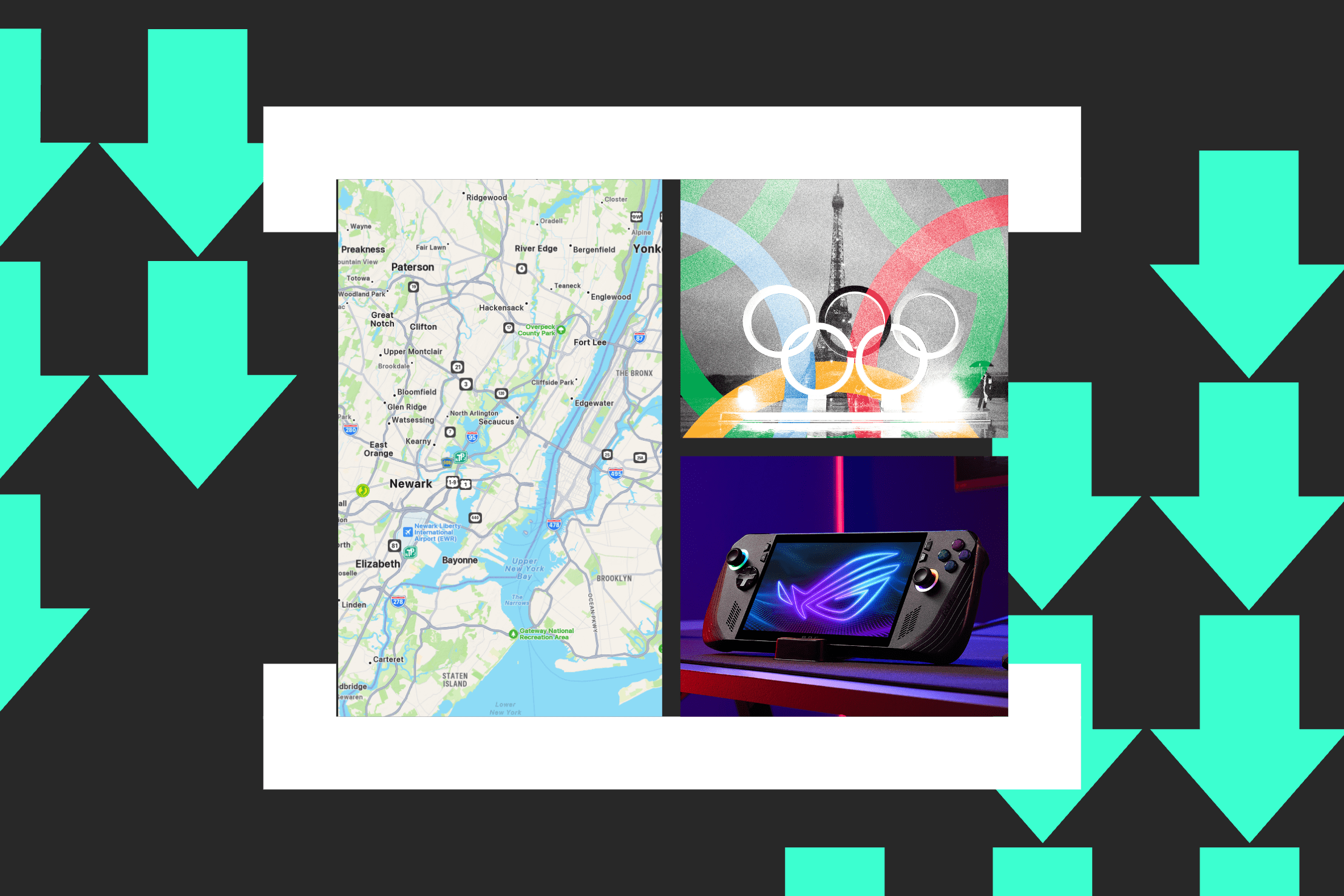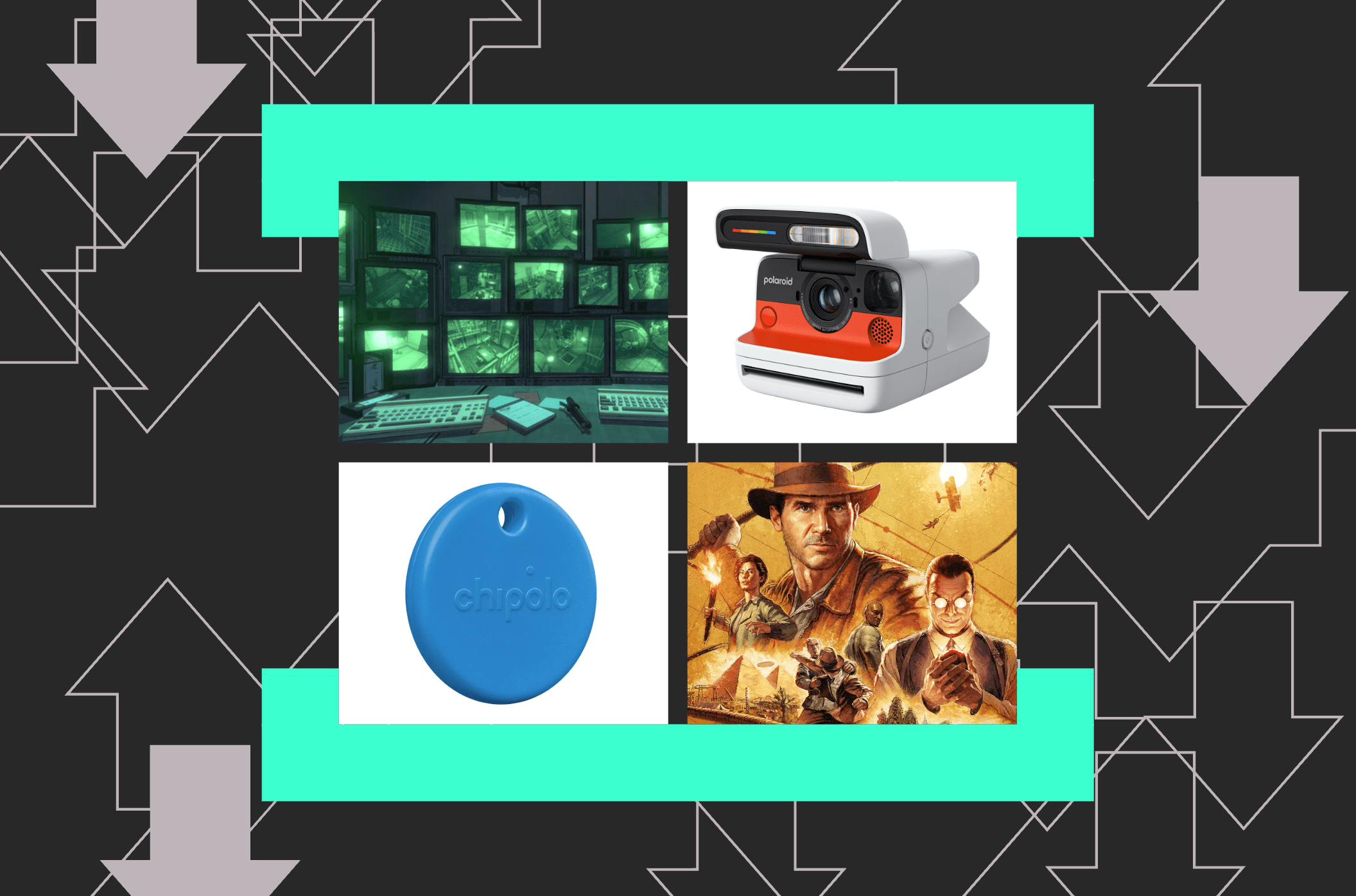## Forget pixelated fields and blurry roads: Games are getting a real-world makeover!
Ever feel like farming sims lacked a certain…realism? Or that hauling goods across vast in-game landscapes felt a bit too abstract? Hold onto your tractors, folks, because the lines between virtual and reality are blurring in the gaming world.

A recent report from The Verge dives into how real-world map data is transforming the way we experience games about farms and transportation. From sprawling fields that mirror actual topography to meticulously recreated road networks, developers are leveraging this cutting-edge tech to create immersive worlds that feel truly grounded.

The Potential for Cultural Sensitivity and Awareness

In the realm of game design and development, the incorporation of real-world map data presents both opportunities and challenges when aiming to create games that are culturally aware and promote cross-cultural understanding and appreciation of diverse cultures. One of the primary concerns lies in ensuring that games do not perpetuate harmful stereotypes or culturally insensitive representations.
A prime example of this challenge can be seen in games like Civilization VI, where historical figures and events are often jumbled up or inaccurately represented, leading to a lack of historical accuracy. This can result in cultural insensitivity and a lack of appreciation for the complexities of different cultures.
On the other hand, the use of real-world map data can also provide a unique opportunity to promote cultural sensitivity and awareness. By incorporating accurate and respectful representations of different cultures, games can help to break down cultural barriers and promote cross-cultural understanding.
Game Design and Development
The Impact of Real-world Map Data on Game Mechanics
The incorporation of real-world map data can significantly impact game mechanics, offering new and innovative ways to create immersive and engaging gameplay. For instance, the use of real-world map data can enable the creation of dynamic weather systems, day-night cycles, which can greatly enhance the overall gaming experience.

The Benefits of Procedural Generation
The combination of real-world map data with procedural generation techniques can result in the creation of vast and varied game worlds that are unique to each player. This can lead to a more immersive and engaging gaming experience as players are presented with a unique and dynamic environment.

The Importance of Playtesting and Feedback
Thorough playtesting and feedback are essential to ensure that games incorporating real-world map data are fun, engaging, and challenging. This process allows developers to refine and improve the gaming experience, making adjustments as needed to ensure that the game meets the desired level of cultural sensitivity and awareness.

Industry Trends and Future Directions
The Rise of Location-based Gaming
The growing trend of location-based gaming presents a unique opportunity for the incorporation of real-world map data. By blending the physical and digital worlds, location-based games can create immersive and engaging experiences that take advantage of the accuracy of real-world map data.

The Potential for Virtual and Augmented Reality
The use of real-world map data in virtual and augmented reality games presents both opportunities and challenges. On one hand, the incorporation of real-world map data can create new and innovative player experiences, but on the other hand, it also raises concerns about cultural sensitivity and accuracy.
The Future of Game Development and Design
The potential for real-world map data to shape the future of game development and design is vast. By incorporating accurate and respectful representations of different cultures, games can promote cross-cultural understanding and appreciation, leading to more immersive, engaging, and realistic gaming experiences.
Conclusion
In conclusion, the incorporation of real-world map data is helping make better games about farms and transportation genre. The article highlights how game developers are leveraging GIS mapping technology to create more realistic and immersive gaming environments. This approach not only enhances gameplay but also provides a more accurate representation of the complexities of farming and transportation systems. The use of real-world data also enables developers to create more realistic simulations, allowing players to experience the challenges and intricacies of these industries.
The significance of this trend extends beyond the gaming industry. The increased accuracy and realism in games can raise awareness and promote a better understanding of the importance of sustainable farming practices and efficient transportation systems. As games continue to push the boundaries of realism, they have the potential to inspire a new generation of farmers, engineers, and policymakers. Furthermore, the application of GIS technology in the gaming industry can also drive innovation in other sectors, such as urban planning, environmental conservation, and logistics.
As the gaming industry continues to evolve, it will be fascinating to see how the incorporation of real-world data shapes the future of gaming. Will we see more games that tackle complex real-world issues, or will developers continue to push the boundaries of what is possible in a virtual world? One thing is clear, the intersection of gaming and real-world data has the potential to revolutionize the way we interact and understand the world around us. As the gaming industry continues to blur the lines between the virtual and real worlds, one thing is certain – the future of gaming has never been more exciting, and its potential to shape our understanding of the world has just begun.